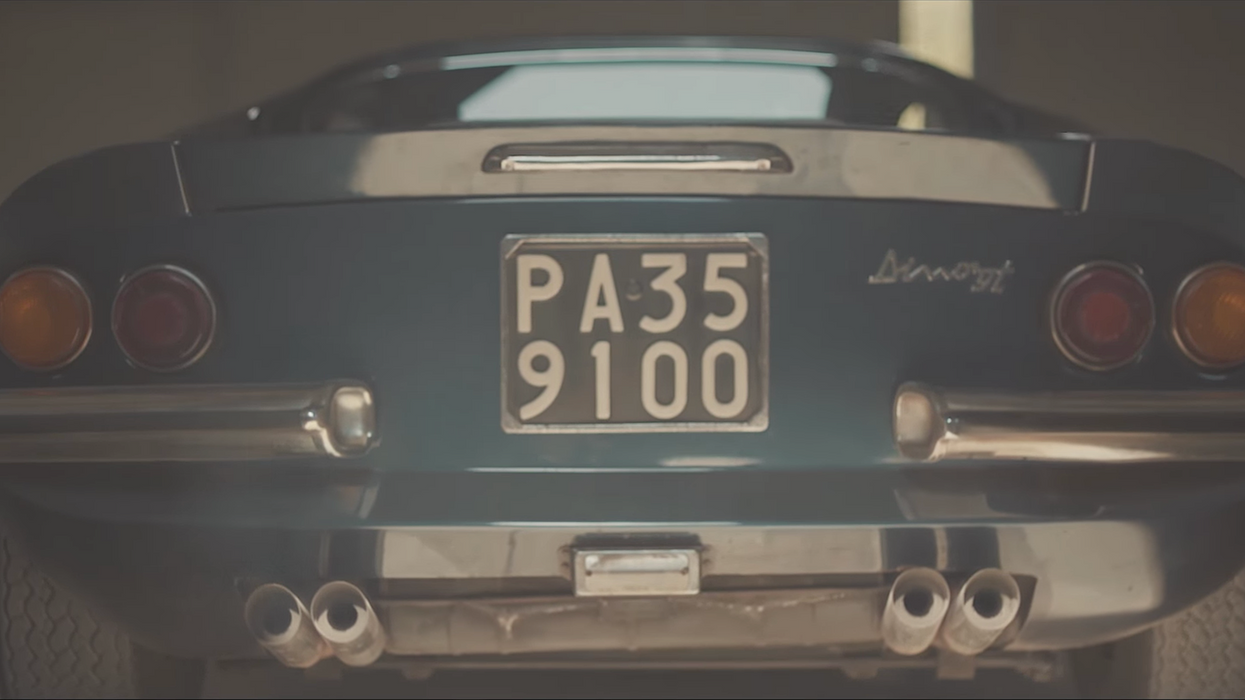10 Things That Will Help Improve the Pacing of Your Scenes
Films are journeys and how quickly or slowly you reach your final destination matters.

Pacing can be a difficult concept to wrap your head around. Should your scene unfold quickly or slowly? How do you know when you've nailed it? Are there any guidelines to follow when you're not sure? Well, even though you may have to put a significant amount of trust in your instincts to really get the pacing of your film right, there are a lot of practical things you can do to get it closer to where you want it to be, and Kris Truini of Kriscoart goes over ten of them in the video below.
Again, good pacing is kind of enigmatic. There isn't really a rubric or ruler you can use to measure the quality of your film's pacing, but the tips Truini shares in the video will definitely set you on the right track. Granted, a few of these have little to do specifically with pacing, but they are important aspects of filmmaking that you should be thinking about anyway.
- Choose your pacing: Determine what your scene is about, how much energy it has, and what its purpose is to better understand how it should be paced.
- Fast vs. slow: Fast pacing is great for action sequences. Slow pacing is great for dialogue scenes. Again, the speed of your scene's pacing depends on what kind of scene you're working with.
- Planning ahead: Decisions on pacing start way before post-production. If you've got a fast-paced chase scene in your film, you'll want to collaborate with the director and DP to determine how it should be shot.
- Illustrate your scene on an arch: We all know stories have arches, but so do individual scenes. Map out your scene on an arch to determine where the rise in action and climax occur. This will help you increase or decrease the pacing accordingly.
- Trust your gut: Again, there's no rulebook that will tell you "the proper" way to pace your scenes. You'll have to rely on your instincts to tell you whether or not the pacing works.
- Use music: If you're stuck, drop some music into your timeline and edit according to its pacing. This won't give you the exact answer you're looking for, but it may give you a better idea of where you want to be.
- Sound design: Sound plays a big role in pacing, and a great way to utilize it is by pairing it with your visuals.
- Keep it interesting: Duh, right? But how do you know if your work is well-paced and interesting? Well, give yourself some time away from your project so you can come back to edit with fresh eyes. Also, ask others what they think (and listen to them).
- Make it compelling: Pacing is important, but so is character building, camera work, and literally everything else that goes into making a film.
- Get plenty of coverage: Finally, it's hard to establish good pacing when you don't have the shots you need to do it. Make sure you (or your director/DP) capture plenty of coverage so you have more than enough to cut to if necessary.
Do you think having an eye for good pacing comes more from practice or instincts? What are some ways that you establish pacing? Let us know in the comments.
Source: Kriscoart












